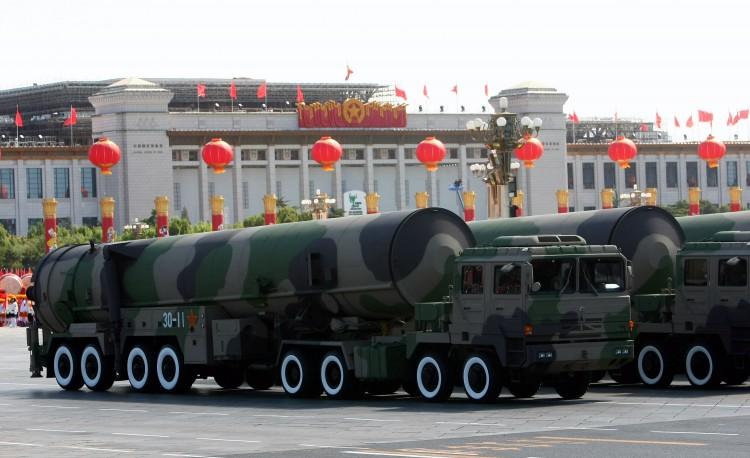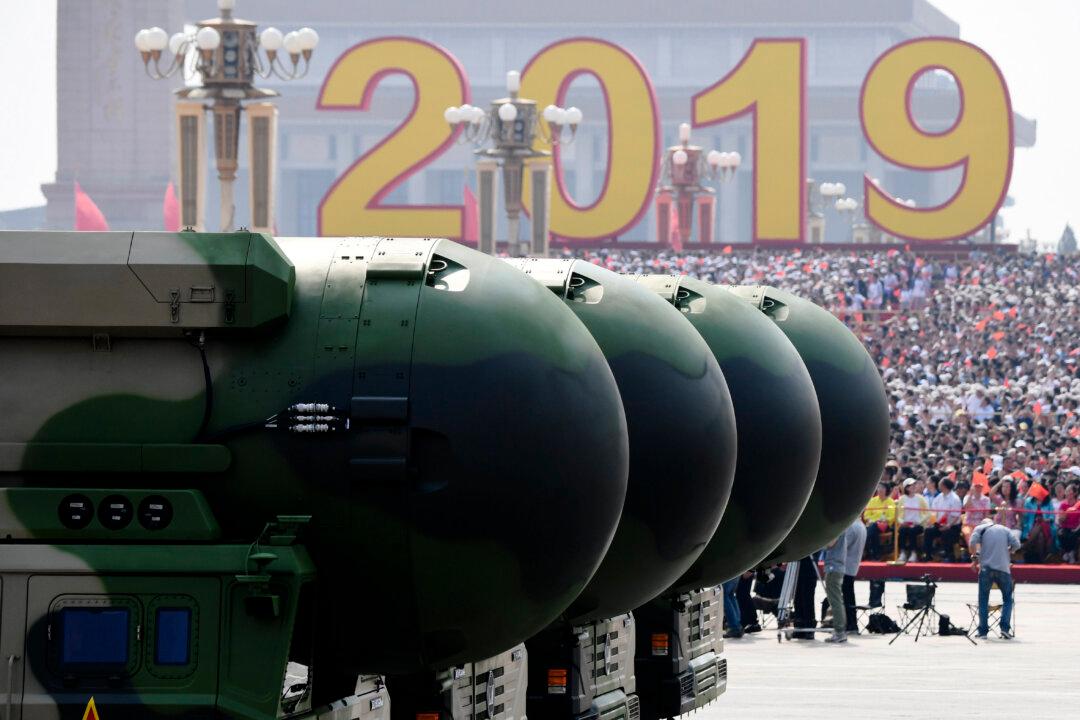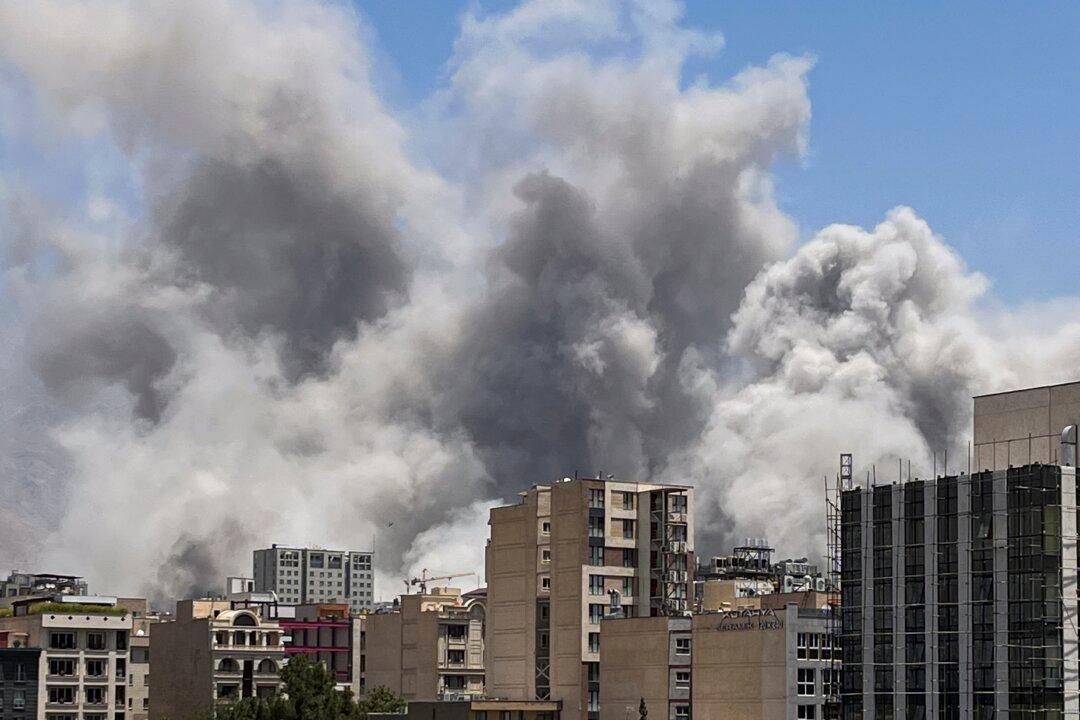China’s last imperial dynasty, the Qing (1644–1912), founded by ethnic Manchu invaders, was also one of its greatest. Known for its enlightened and capable early rulers, the Qing fostered a cultural and economic golden age and expanded China’s territory threefold into the remote reaches of Central Asia and the Himalayas.
The Manchus, one of modern China’s dozens of ethnic groups, have their origins in the nomadic tribes of the vast, forested hills and plains beyond the Great Wall. Located in what today are China’s industrial northeastern provinces, their homeland—Manchuria—is the site of cultural exchange, imperial growth, and evolving identities.



